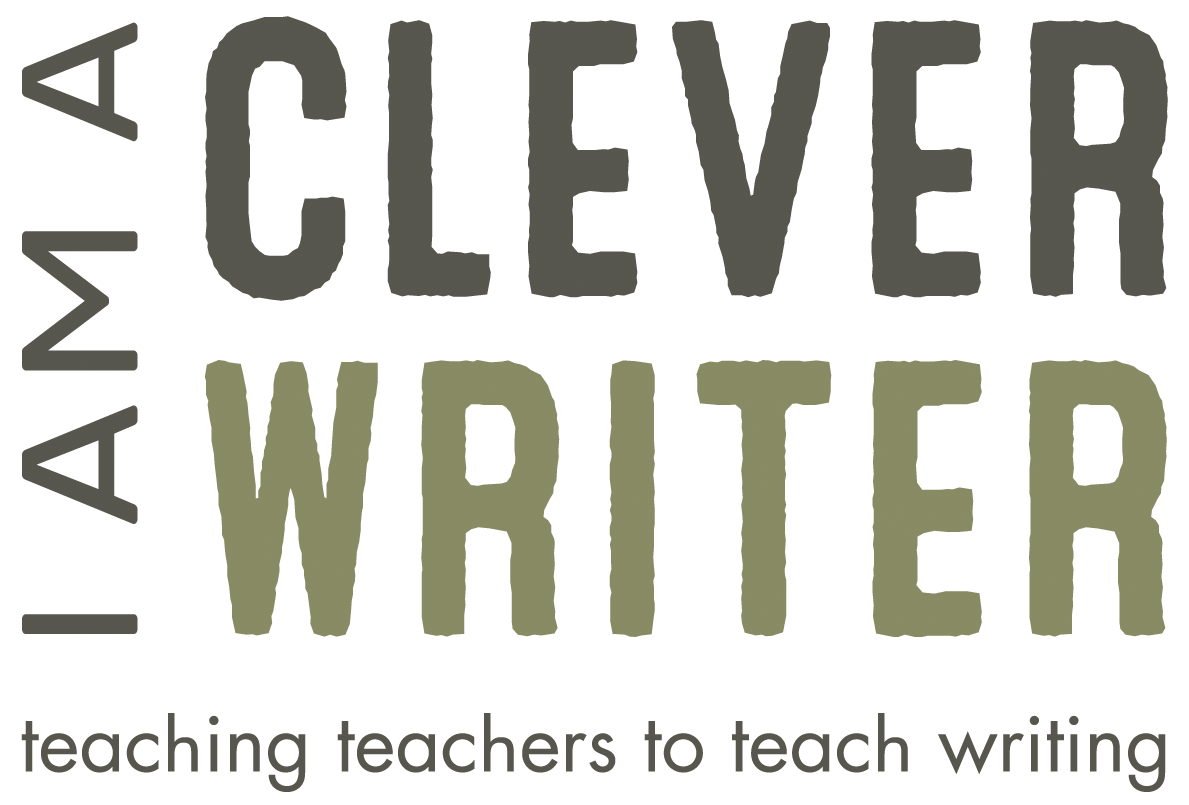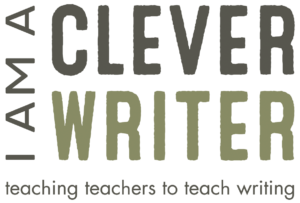The working wall is a crucial element in the teaching of writing as it acts as a customised model for the children’s independent work and is an indispensable tool in the scaffolding of their learning.
It promotes independence for all children, including those who find the writing process more challenging as they always have a reference point to jog their memory should they need it. It should engage and inspire their writing as well as a stimulus if they don’t know where to go next and support them if they’re uncertain about how to apply a specific skill.
To ensure the working wall is as relevant as possible and is a learning tool rather than an aesthetically pleasing display, it must be purposeful and link directly to the skills being taught/consolidated that week.
It’s so easy to get hung up on everything being perfect in your classroom and wanting to create a learning environment like that of a Pinterest board, but our classroom environments are vital components in our pupils’ learning, therefore, it should change and be added to daily…
Building the content of the working wall with the children as the week/unit progresses is key. This ensures that your display is relevant and that the children have autonomy and pride in their learning environment. Now, the thought of changing a display on a daily or weekly basis may well give you heart palpitations, but I can promise you, it is definitely not as time-consuming as it sounds and worth every second. The key is to ensure the children have input. Take ideas from them wherever it feels right in the lesson, and add them to the wall there and then. I must confess there are times when ‘there and then’ doesn’t quite work, but at those moments I scribble an aide memoir on a post-it, share the idea verbally with the class and then add it to the wall sometime that day so the pupils have it as a reference point from the next writing lesson onwards. I now plan ‘working wall’ opportunities into my lesson to ensure all children have the chance to contribute and that it is the pupils’ ideas on display and not mine. Again this gives the children autonomy over their learning and builds their confidence.
So what should we include on our working wall?… The answer is anything and everything that will help to scaffold the children’s independent writing. It should be a clear and ever-evolving map of the writing processes. Here is a non-exhaustive list of things to include:
Learning and objectives and success criteria. You may differentiate success criteria in books or table groups, but by having this displayed for all on the working wall, no child has a lid on their learning as they are able to access the recipe for their writing at any time.
WAGOLLs – this could be part of a text or examples of a specific skill e.g. when learning speech for the first time in Year 3, there might be some examples of what the children think the character’s from the text may say to each other at different points in the story. This enables the children to see the skill in action if they need support when writing independently. Equally, it gives the children an opportunity to magpie the content of possible speech in their story if the composition is causing cognitive overload, allowing them to focus on getting the skill right.
A story map or some sort of plan or images from the text. This could be generated as a class or you may pin up a couple of good examples created by individual children. This gives them a guide when they reach that all too familiar point of ‘I don’t know what to write’.
Vocabulary, vocabulary, vocabulary! Add the words to the wall that you want the children to use in their writing that week and then add any synonyms they may generate from vocabulary activities or further reading. Top tip – once it’s on the wall, it acts as an excellent filling opportunity. If the Head pops in for a quick word, ask the children to tell their partner what a certain word meant, or how you could use x word in a sentence or give 3 synonyms for y word – no time is ever wasted!
Examples of the children’s own work. As you can imagine, this is a real confidence booster! It can be a quick starter activity asking children to write what makes it a good piece of writing on post-its. These post-its can then be added to the working wall.
My top tip for September is to start with your writing wall blank. As nerve-wracking as that may initially be, try it and watch it quickly grow. You won’t turn back. Do check us out on Instagram for some fabulous examples of ‘I am a Clever Writer’ working walls – they are guaranteed inspiration!

